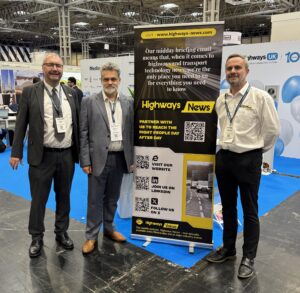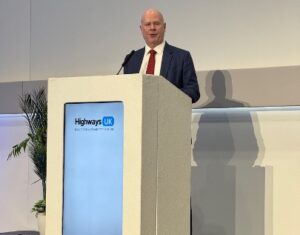Transport technology solutions company SWARCO has developed a new urban mobility management software which it says tackles cities’ frequent challenges associated with the rapid urbanisation and related impacts on the environment.
It says MyCity 1.0 will also help with the rapid changes in the types of urban mobility and the IT landscape needed to support it.
“We have conducted hundreds of interviews with officials from small, medium and large cities to find out more about their real pain points in urban mobility and environmental protection”, says SWARCO’s speaker of the Executive Board and COO Michael Schuch. “We fine tuned MyCity accordingly to offer the city managers a scalable, future-proof, modular and user-friendly software platform to handle their daily traffic challenges and to support upcoming forms of mobility”.
SWARCO says cities that want to remain liveable and become cleaner, safer and more attractive places to live and work need to address topics like improving traffic flows, lowering the risk of congestion, reducing air pollution, making better use of existing infrastructure, and shortening travel times. The promotion of alternative forms of transportation, eg by bicycle, on foot, or by car sharing, will also contribute to improving the quality of life in the urban environment.
“The urban mobility professionals would like to have a clear overview on what is actually happening in their road network and with their road infrastructure. They also want to be able to introduce flexible strategies whenever the performance of the entire mobility ecosystem is not working as smoothly as desired”, added Niko Stieldorf, Global Business Development Manager for Software Platforms based with SWARCO in Berlin. This is where MyCity with its available solutions for infrastructure monitoring, adaptive traffic management, CCAM, air quality monitoring, sign management and parking guidance comes into play. Hence, cities are enabled to manage their mobility landscape via a central tool rather than a range of siloed applications for each domain.
MyCity, with the 1.0 version hosted in SWARCO’s secure cloud, has been built to evolve as mobility evolves, allowing city managers to proactively respond to changes in urban mobility trends and the technology used to support them. A single sign-on system gives access to important data and reports via a user-friendly and intuitive dashboard, independent of location or device. MyCity shares and processes information with different data sources and acts as the aggregator of mobility-relevant data sources. – It offers added value by fusing this information, building out further applications and by serving as a single point of control to a city. Thanks to its scalability, MyCity allows traffic managers to add new solutions any time or accommodate project-specific requirements. Prevent incidents before they happen, reduce the likelihood of accidents, create a green wave and prioritise specific types of vehicles such as buses or emergency vehicles, and make traffic flow smoother with less emissions. MyCity will allow making better use of existing infrastructure, avoiding the costly alternative of building more roads.
In building MyCity, SWARCO follows a true approach of customer centricity. Thus, aside from a customer-driven and agile development approach, SWARCO offers its customers the possibility to co-create the future of smart urban mobility management by making them part of the development process. “We invite interested cities to become a member of the Lighthouse Program in which they help further shape MyCity as an innovation partner of SWARCO”, says Stieldorf. Such early adopters of MyCity 1.0 will have a say in the roadmap creation and enjoy early access to prototypes and unreleased features. They will gain opportunities to interact with a community of like-minded customers to bring their urban mobility management to the next level. “This ensures that we truly execute our vision of solving the most critical customer needs in the world of urban mobility management”, Michael Shuch summarised what SWARCO calls this novel approach.
(Picture – SWARCO)





















